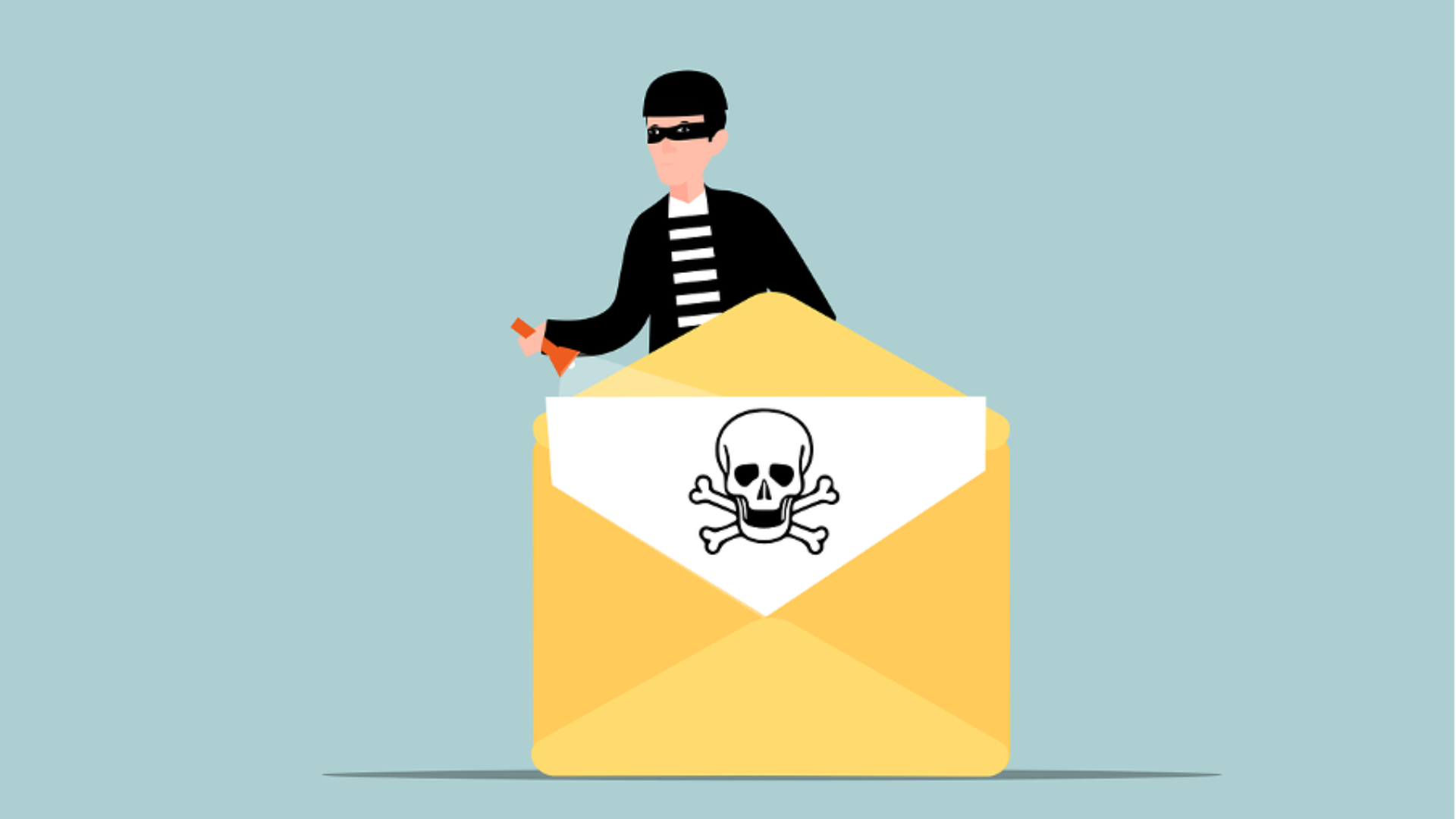Keep Your Email Safe: Simple Tips for Better Security
Email is a super important way to stay connected—whether for work or just chatting with friends. But it’s also a favorite target for cybercriminals....
Have you heard the saying, "A picture is worth a thousand words"? It seems cybercriminals have too, and they're using it to their advantage.
In a new twist on phishing campaigns, cybercriminals are luring victims to click on images rather than downloading malicious files or clicking suspicious links.
Let's dive into the warning signs, so you can keep your business safe from these sneaky attacks.
First things first, what's the big deal about clicking on an image? It might be promoting a killer deal or one-time offer.
But when you click on the image, you don’t go to the real website. Instead, it’s a fake site designed to steal your personal information.
Imagine being lured in by a cute cat photo only to find out that Mr. Whiskers was actually a wolf in sheep's clothing! Not so cute anymore, right?
So, how can you tell if an image is part of a phishing campaign? Here are some warning signs to look out for:
Now that you know what to look for, let's talk about
Whilst cyber criminals are getting smarter and smarter with their tactics, there's no need to panic. By being aware of the warning signs and taking proactive steps to protect your business, you can stay one step ahead of these digital tricksters.
Remember, not all that glitters is gold – or in this case, not every cute cat picture is just a cute cat picture. Stay vigilant, and don't let the scammers win!

Email is a super important way to stay connected—whether for work or just chatting with friends. But it’s also a favorite target for cybercriminals....

In today's digital age, maintaining good cyber hygiene is just as essential as maintaining personal hygiene. Just as you brush your teeth to keep...

Have you ever paused to consider how many phishing scams your employees encounter daily? If you haven’t, the reality might catch you off guard—and...